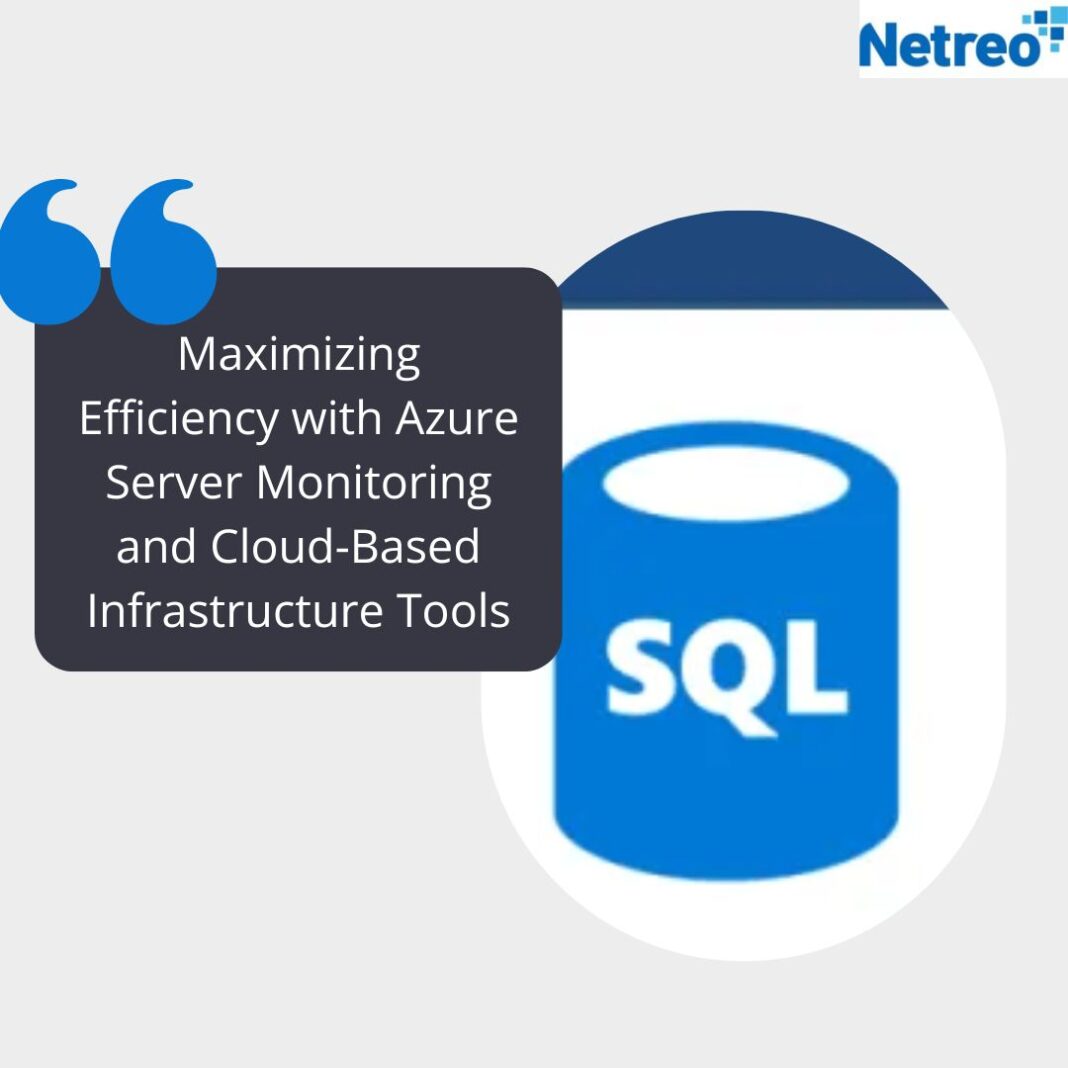In today’s digital landscape, businesses rely heavily on robust server infrastructures to support their operations. With the increasing shift towards cloud computing, Azure server monitoring has become indispensable for maintaining optimal performance and ensuring seamless operations. Leveraging cloud-based monitoring tools not only enhances efficiency but also empowers organizations to proactively manage their server infrastructures. Let’s delve into why Azure server monitoring and cloud-based monitoring tools are crucial components of modern IT operations.
The Importance of Azure Server Monitoring
Azure, Microsoft’s cloud computing platform, offers a comprehensive suite of services for building, deploying, and managing applications and services through Microsoft-managed data centers. With Azure’s widespread adoption, monitoring server infrastructures hosted on the platform becomes paramount for businesses to:
-
Ensure Reliability: Monitoring Azure servers allows businesses to detect and address performance issues promptly, ensuring reliable service delivery to users and customers.
-
Optimize Performance: By closely monitoring server metrics such as CPU usage, memory utilization, and network traffic, organizations can identify bottlenecks and optimize resource allocation for enhanced performance.
-
Enhance Security: Azure server monitoring enables proactive identification of security threats and vulnerabilities, helping organizations to strengthen their defense mechanisms and safeguard sensitive data.
-
Cost Optimization: By analyzing resource utilization and identifying underutilized assets, businesses can optimize costs by rightsizing their Azure deployments and eliminating unnecessary expenses.
Cloud-Based Infrastructure Monitoring Tools
In addition to native monitoring capabilities provided by Azure, leveraging cloud-based monitoring tools further enhances visibility and control over server infrastructure monitoring. These tools offer a plethora of features and functionalities designed to streamline monitoring and management processes:
-
Real-Time Monitoring: Cloud-based monitoring tools provide real-time insights into server performance and health metrics, allowing organizations to proactively address issues before they escalate.
-
Alerting and Notification: Advanced alerting mechanisms notify IT teams about performance anomalies, downtime incidents, or security breaches, enabling swift response and resolution.
-
Scalability and Flexibility: Cloud-based monitoring tools are inherently scalable and can adapt to the evolving needs of businesses, whether they’re scaling their operations or expanding their infrastructure.
-
Automation and Orchestration: Automation capabilities offered by these tools streamline repetitive tasks and workflows, freeing up IT resources to focus on strategic initiatives and innovation.
Crafting an Effective Monitoring Strategy
To fully leverage the benefits of Azure server monitoring and cloud-based infrastructure tools, businesses should formulate a comprehensive monitoring strategy:
-
Define Key Metrics: Identify critical performance indicators and metrics relevant to your business objectives and establish baseline benchmarks for comparison.
-
Implement Monitoring Solutions: Deploy Azure monitoring solutions and integrate cloud-based monitoring tools to gain holistic visibility into your server infrastructure.
-
Configure Alerts and Notifications: Fine-tune alerting configurations to receive notifications for events that require immediate attention, ensuring timely response and resolution.
-
Continuously Evaluate and Optimize: Regularly review monitoring data and performance insights to identify optimization opportunities and refine your monitoring strategy accordingly.
Conclusion
In an era characterized by digital transformation and cloud adoption, effective server monitoring is imperative for maintaining the performance, security, and reliability of Azure-based infrastructures. By leveraging Azure server monitoring alongside cloud-based monitoring tools, businesses can proactively manage their server environments, optimize resource utilization, and ensure seamless operations. With a well-defined monitoring strategy in place, organizations can maximize efficiency, mitigate risks, and drive business success in the dynamic landscape of modern IT operations.


